Extreme Ski Area La Grave Given a New Lease on Life
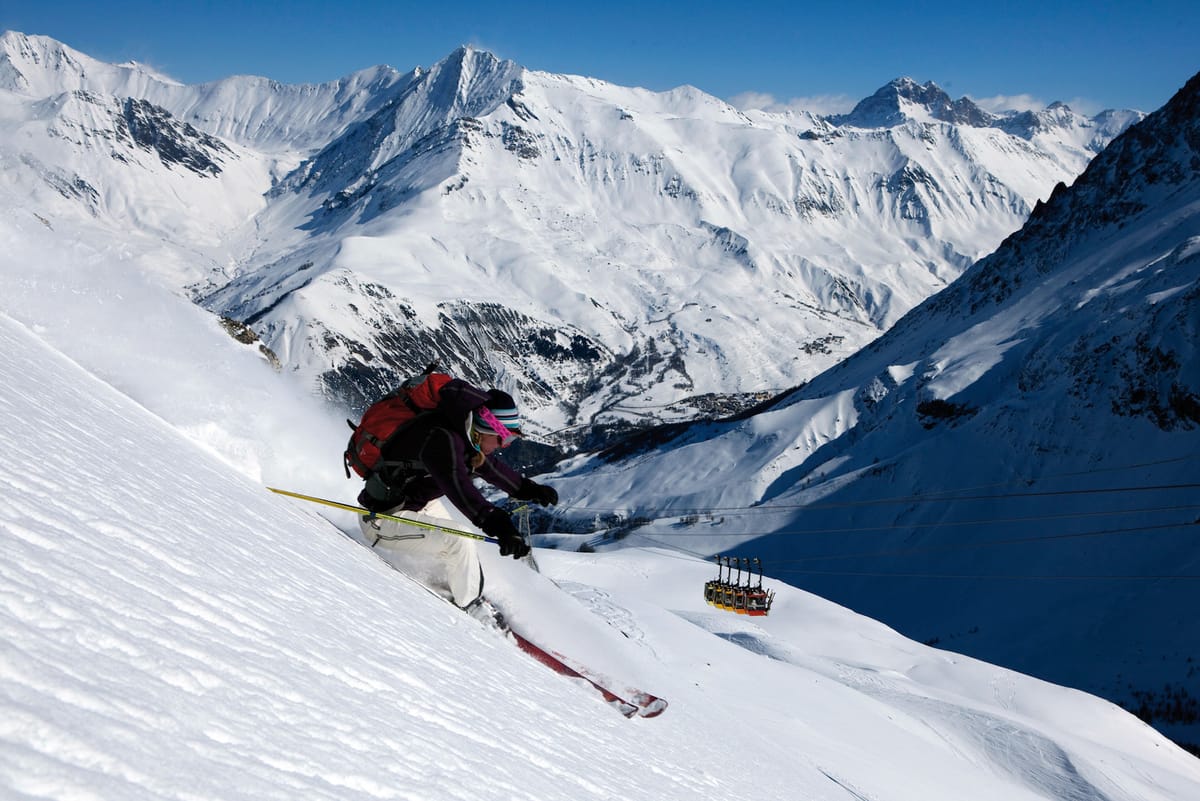
La Grave will avoid the grave! Once thought to be destined for conversion into a run-of-the-mill ski resort, the mountain that is arguably the most extreme ski area in Europe (the world, even?) just got a new lease on life.
La Grave, in the French Alps, is to skiing what open-water shark diving is to visiting the local zoo; it’s as untamed as a ski area can be while still technically being one. There are no trails on La Meije, the 3,984-meter tall mountain that is La Grave: no blues or black diamonds; no lodges, no halfpipes, no trail signs. Rather, there are just perfect bowls and couloirs of steep off-piste skiing, sheer 1,000 foot cliffs, crevasses, and other objective dangers that only those with a few screws loose would really be interested in. Turns out there are quite a few of us around with more than several screws rattling around up there: since the La Grave Gondola―the single lift that services the area―began operating consistently in the late 1980s, skiers in search of a greater adrenaline rush have been flocking there. La Grave developed a reputation for “backcountry big mountain skiing, without limitations, without grooming and without the effort of hiking up,” according to a recent press release from the resort.
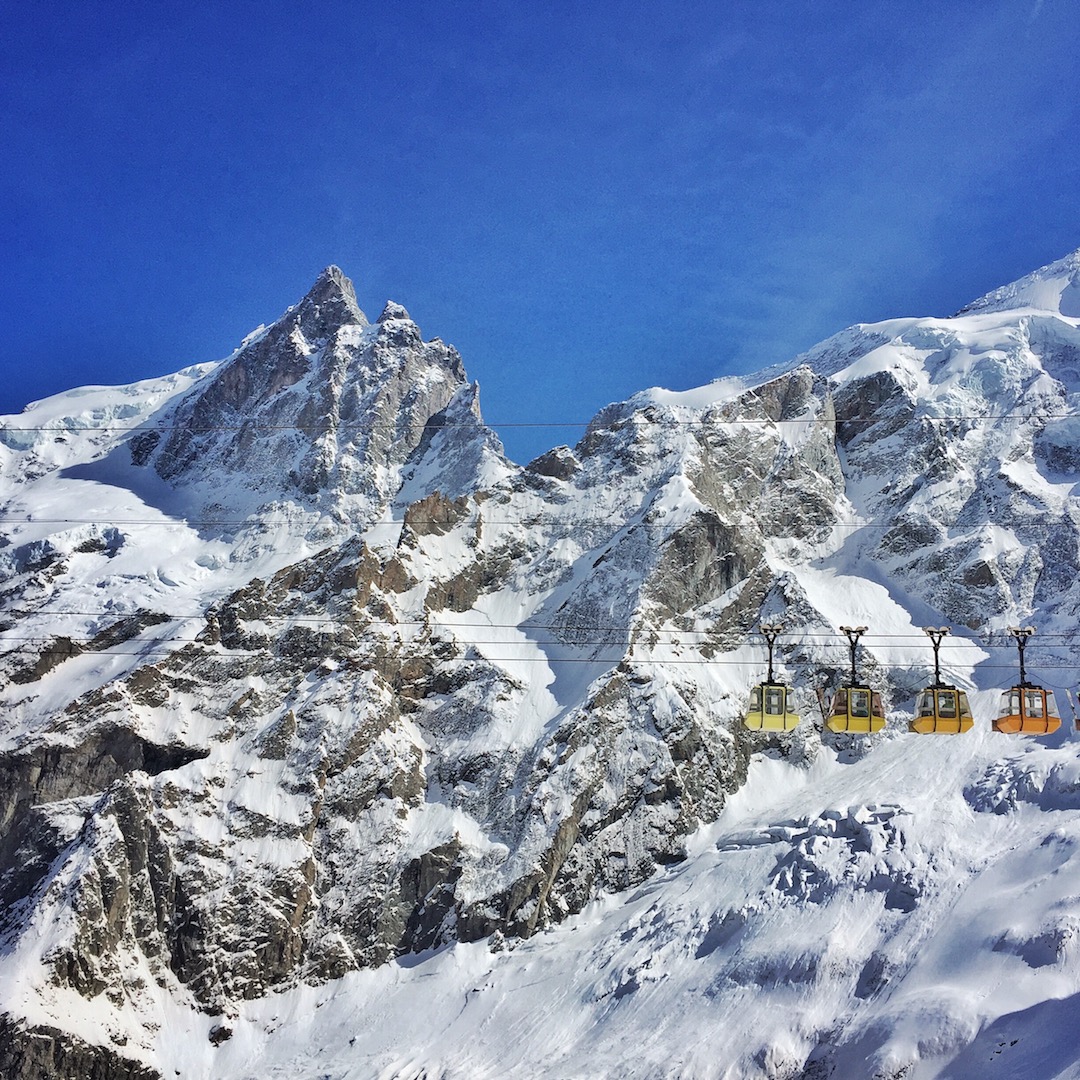
A now-dissipated sense of impending doom over La Grave’s future began several years ago, as concern spread over what would happen when the lease held on the Gondola by Telepherique des Glaciers de la Meije (TGM) ended in 2017. The general assumptions were that the Gondola would simply be shut down and left to rust, or bought by some large ski resort conglomerate that would turn the mountain into a typical commercial resort―the antithesis of La Grave as it was.
Over the decades, the seriousness of La Grave has been responsible for plenty of close calls (and deaths, as well). For example, in an article at SnowBrains, Miles Clark writes, "I have a friend who went there once and ended up above a thousand-foot-death-cliff without knowing it. A rescue helicopter happened to be flying by and noticed his horrible position. The heli dropped down, hovered above them, and shook its tail in the skiers left direction. They [followed] its direction until the next thousand-foot-death-cliff where again, the heli directed them to safety once more."
Those who ski La Grave do so knowing full-well the risks they face. But the expertise required to ski La Grave, it's free-for-all nature, is still worth it for them. It offers an experience unrivaled by other lift-accessible mountains.
So when SATA, a company that runs other ski resorts, bought the lease on La Grave Gondola this past May, the dire prognostications for La Meije seemed all but assured. The skiing community prepared to mourn: the La Grave of the past was going to be dead and buried.
But then, like like Lazarus rising from the grave, hope was reborn. Details of SATA’s lease emerged: La Grave was to remain wild. “The contract clearly states that the first and second stage of the lift leads to an unsecured off-piste area with no groomed slopes,” reads the press release from La Grave. “The only groomed run remains the one on the glacier, which will be maintained with the existing T-bar at least until the third gondola lift is built, it indeed it is.”
Christophe Monier, the Managing Director of SATA, explained his company’s interest in La Grave commercially, but also its commitment to maintaining La Grave’s specialness: “La Grave is an authentic destination that arouses interest and makes you want to take part in its development. It has been left to stew in its own juices but it has enormous potential. In winter this potential is already put to good use, but for the summer season there is considerable room for improvement. It is extremely interesting to look into that.”
And, offering double reassurance, just in case the contract terms weren't enough for the skeptics, Monier said of La Grave's wildness and differentness from conventional ski areas: "We need to cultivate that difference, therein lies its charm."
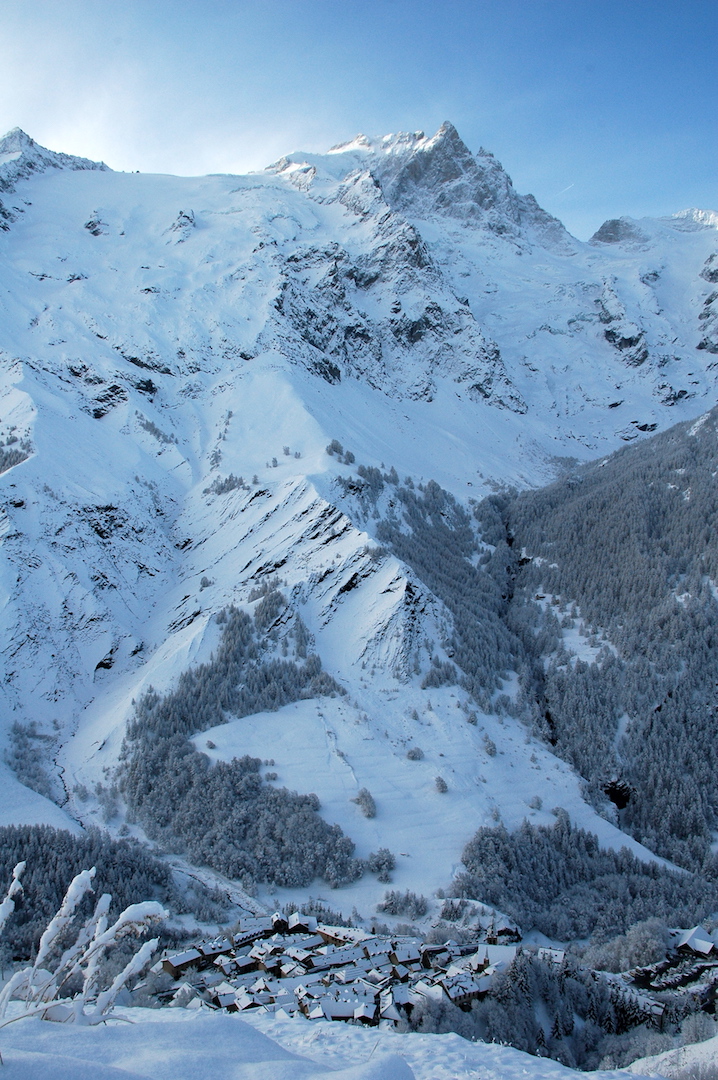
To get the right amount of stoke before you book your trip to La Grave, read the following playful excerpts from the press release about the area's early days:
Skibums of the Golden Age
In the early nineties, a group of passionate backcountry skiers and snowboarders from various corners of France, Europe and the world had started calling La Grave home during the winter season. They looked tirelessly for new lines to ski.
These seasonal inhabitants of La Grave were easily recognisable by their torn clothes mended with thick layers of duct tape. Spending money on fancy gear was not their priority. Skiing was.
The legend Paulo gave his name to a line that is rarely skied by common mortals, except in the case of rope loss. He discovered the fearsome couloir Polichinelle whilst paragliding. He snowboarded with his Sorels, and when his legs got tired from riding with a heavy backpack filled with supplies for the Chancel hut (Sorels are pretty soft and offer precious little ankle support), he would simply flip around and ride the Chancel traverse fakie (tail first) with his swallowtail board.
Gunnar had his very own exit from the Pan de Rideau: Gunnar’s passage. He lived for free in the low ceilinged shed under La Chaumine, sharing accommodation with the garbage bags.
The skibums rather resented the fact that the itineraries “back there” were made public. Best to keep your lines secret then. For years to come, skiers in La Grave would pointedly look the other way if asked where they were going, or heaven forbid, if someone asked to come along. Plans for next day’s gig would always be made in whispers. Unwritten rules of conduct forbade the showing off your harness, nobody were to know that you were heading for a line that required a rappel. When going into Orcières you hid your tracks by walking in over the rocks to ensure that nobody would follow.
This community was obviously quite reticent about revealing the identity of this little paradise where everyone knew each other by name.
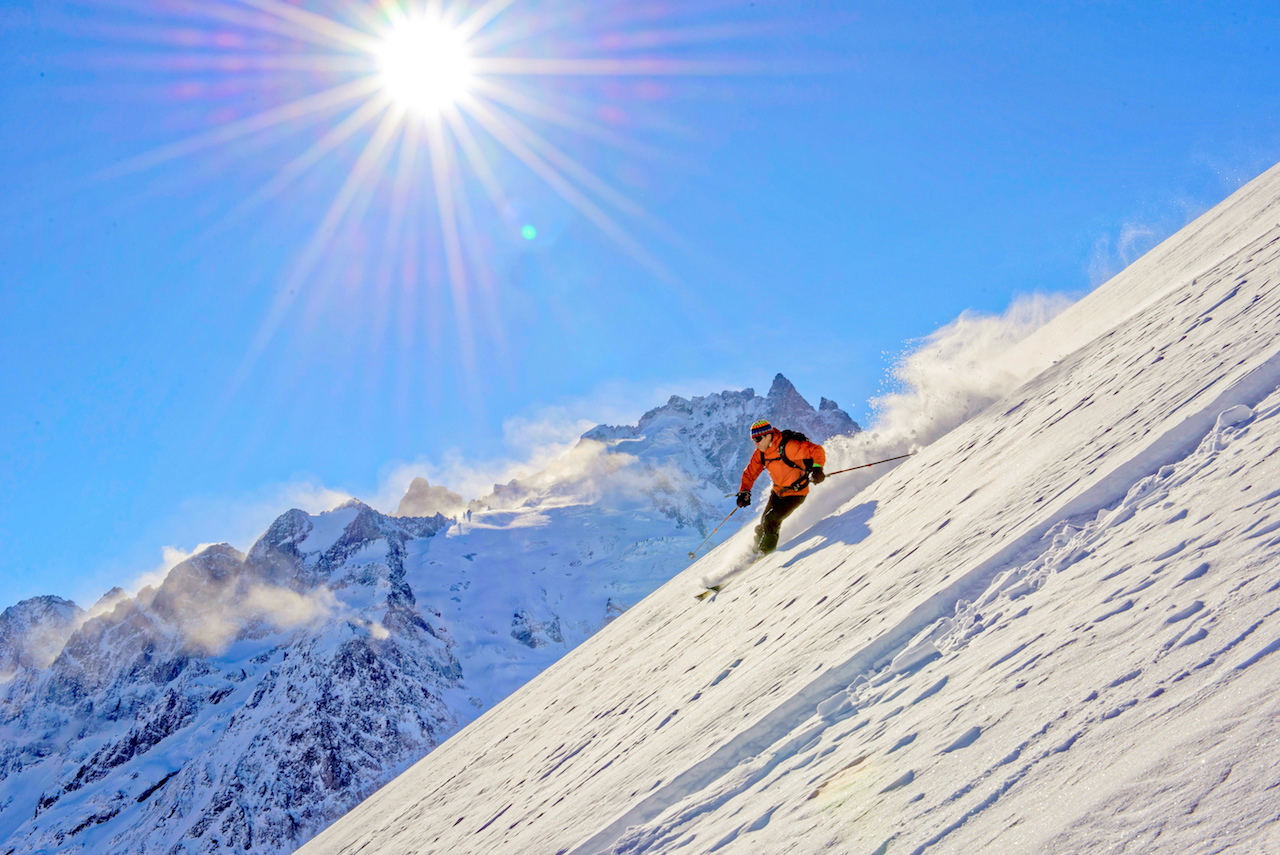
“Valley X – Europe’s Last Uncommercialised Ski Area”
So the first years La Grave remained a fairly well kept secret. Photographers sold their photos under false names, La Grave was called Val Terces (anagram for Secret) or Valley X (P-tex, lies and duct tape, 1994) to avoid attracting the crowds. In 1989, British journalist Adam Ruck wrote an article where declared that he had decided to talk about this place that he had hitherto kept secret because he would rather share it than see it perish for lack of visitors (La Grave – a serious situation).
Kim and Joe, an American couple, were skiing in Val d’Isère in the early nineties, but it wasn’t quite what they had hoped for. “A guy in our group told us La Grave would be the perfect place for us”. - “Swell”, said Kim, “where is it?” –“I don’ know”. In the autumn, Kim and Joe happened upon a mention of this mysterious place once more in a two-line ad in Powder Magazine. Christmas of ’93 was their first meeting with La Grave. They stayed at La Chaumine with the Swedes. “There were tons of snow and the lift opened just for us.” Since then they have been back every year, and now that they are retired they spend the whole winter season here.
During the nineties, La Grave’s international reputation kept growing, helped on by a steady flow of journalists and photographers. Many of the regulars were less than happy about La Grave becoming a recurrent theme in the ski magazines. In an article from 1995 a snowboarder expresses his worry: “What with all that has been published about La Grave lately, it’s going to be awful this winter. Last year there was nobody here, but don’t write that in your article. You need to tell people that it’s dangerous [...]”. The same year local photographer Bertrand Boone says “if I publish my photos now, it’s because I know that is over”. Having experienced the years when you had the Vallons de la Meije to yourself, he was feeling a little sad. His greatest fear: that La Grave should become like any other ski area. But La Grave never did.Checkout the world's best adventures at The Outdoor Voyage for other amazing destinations like La Grave!


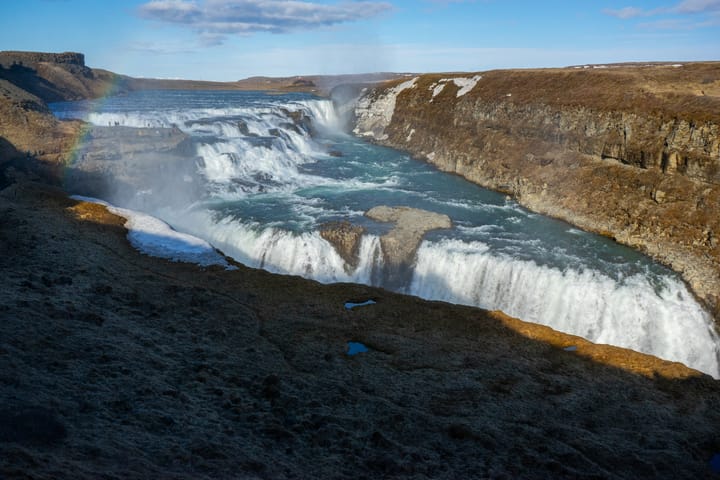
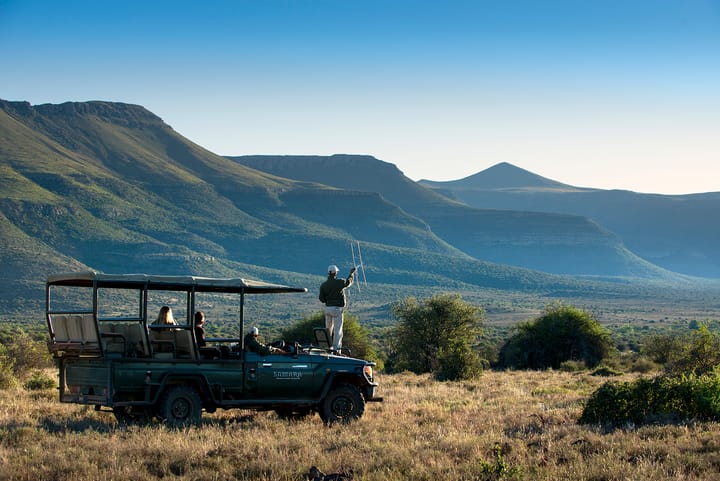

Comments ()